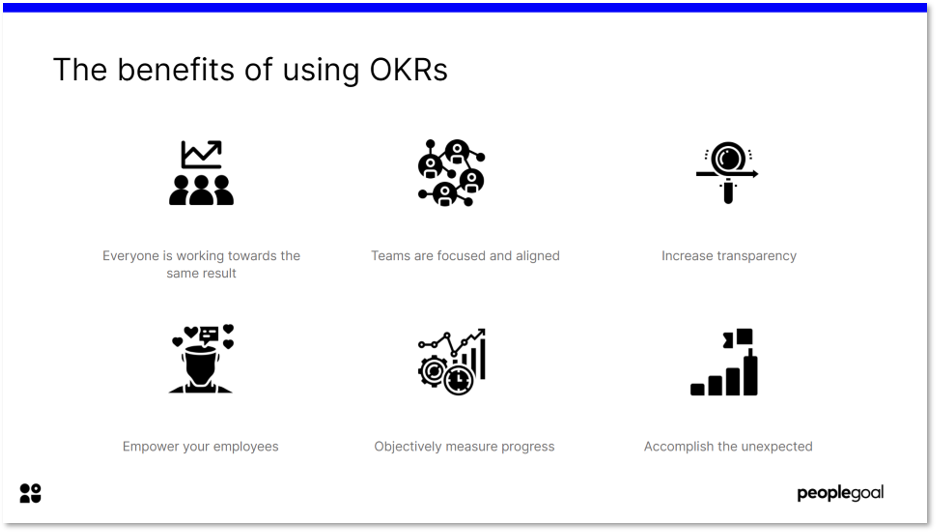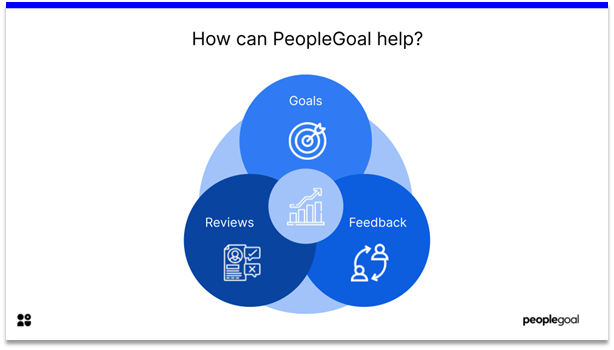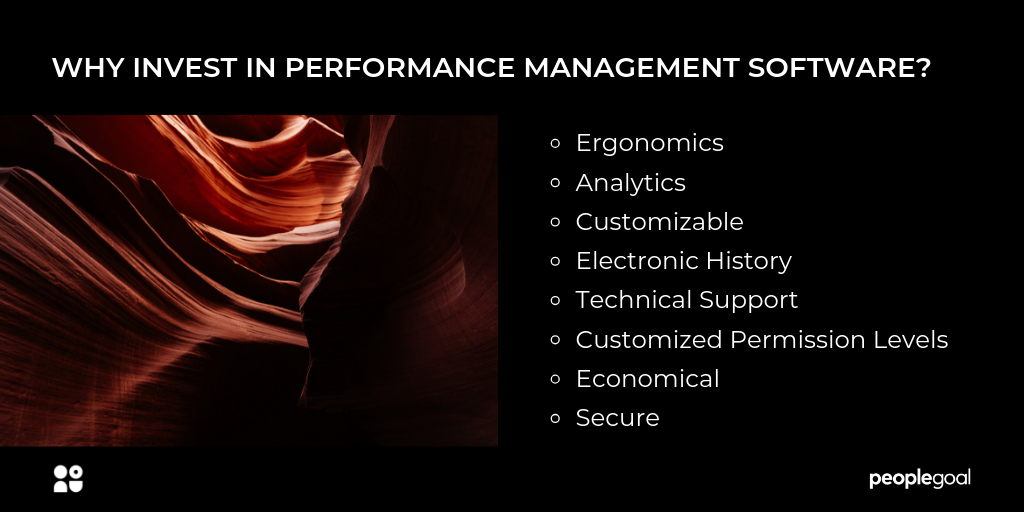What is Slack?
Slack stands for ‘Searchable Log of All Conversation and Knowledge’, but that’s a bit of a tongue twister. Slack is a cloud-based, notification and real-time messaging platform. It allows individuals and teams to collaborate in real-time on projects; sharing key files, video, images and other necessary information. Messaging channels are retained so that you can return to valuable information. This leads the full team to be aware of everything that is going on within each individual project, allowing for a higher level of clarity and focus for all tasks. Slack is also a more interactive alternative to email for team communication. You are able to communicate with particular individuals, with teams on a dedicated channel, or on a range of channels which relate to your work.
“The idea is to bring teams together to help them work together more efficiently and effectively” Richard Edwards ~ Freeform Dynamics
Using Slack minimizes distractions by reducing reliance on meetings and email inefficiencies. The platform is critical in aligning individual, team, departmental and organisational goals. So it’s clear that Slack is all about communication, but just how do you use Slack to take full advantage of its benefits?
“Teams don’t just get work done in Slack — they form connections and build culture in channels”
1. Sharing Files
Slack makes it super easy to share important files. Just drag, drop and share your PDFs, images, videos and other files directly into a channel. Get feedback on your work and create an archive of your progress. It is also really easy to integrate Dropbox into Slack. This simplifies the file sharing process even further. Imported files are searchable and shareable but will also continue to be stored in your Dropbox account.
2. Team Communication
Slack keeps all team communication in one place. You can develop more effective communication via segmentation; by creating channels for different topics. As each channel has a specific subject matter, users are able to better communicate in the workplace with each other.
You may be part of a team working from different locations where communication can become chaotic. Slack helps to reduce this confusion. You can assign and manage different users across different channels depending on the needs of a given project. This ensures that everyone knows what they are supposed to be doing.
3. Private Communication
One key feature of Slack is that there are no external networks. Messaging remains private within your company; this is particularly pertinent for your less tech-savvy employees. Slack makes it really easy for small groups (2 to 9 individuals) to communicate. Once this communication channel is set up, it can be converted to a private channel. Alternatively, Slack allows for direct 1:1 messages. New features on slack allow you to communicate via voice or video call. If you need to share your work just share your screen. Use a whole private channels allow for effective communication through confidential messaging and by splitting larger projects into group tasks.
4. Notifications
Notifications are an important feature, but they can be hard to navigate. If you have too many notifications, you’ll begin ignoring them. If you have too few and some important messages may be missed. Slack gives you the power to fine-tune notifications with respect to keywords, channels and more. This means you can focus on your priorities.
5. Integrations
Integrations are what take Slack from a standard online instant messaging system to a centralised platform for all your notifications; from sales to social media, from customer support to performance reviews. This means all relevant and important information is in one place where you and your team can discuss issues and create actionable plans.
As previously mentioned Slack integrates with Dropbox to make file sharing even easier, and there is an extensive list of possible Slack integrations to help any business function. For instance, at PeopleGoal we use Intercom extensively for our customer communication. Our Intercom integration with Slack posts updates in a designated support channel, which means an available team member can pick up the request right away – no more ticketing system for customers! Integrations between Slack and other apps also mean you are not unnecessarily switching between different apps, providing you with a central location for all your notifications.
6. PeopleGoal for Slack
You can now integrate PeopleGoal with Slack to keep on top of your core PeopleGoal processes. Set and update goals, give feedback to your colleagues, complete or update your self-assessment and much more. As teams continue to grow it get increasingly difficult to cascade and align goals throughout the business and to provide constructive feedback to your peers. The PeopleGoal for Slack integration brings your performance management tool right where you need it – your Slack workplace! Find out more by clicking here.
Ready to 3x Your Teams' Performance?
Use the best performance management software to align goals, track progress, and boost employee engagement.




